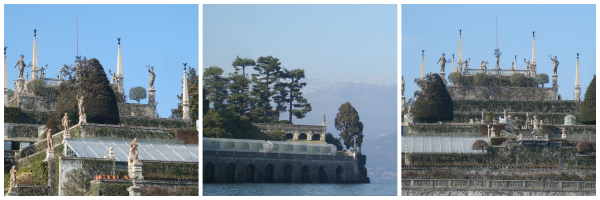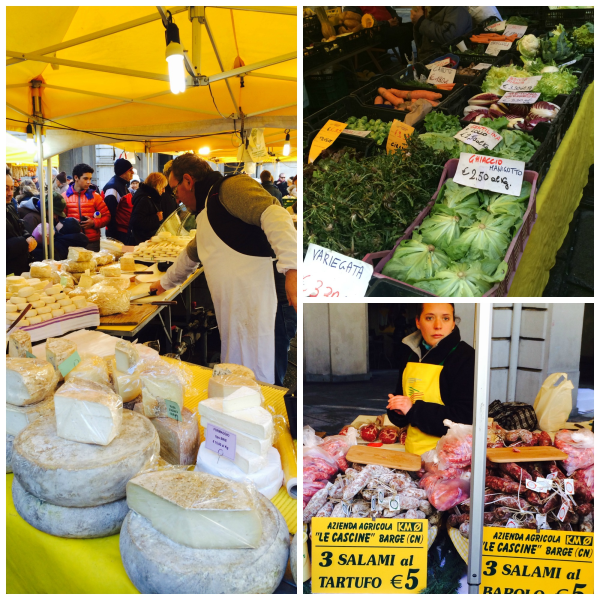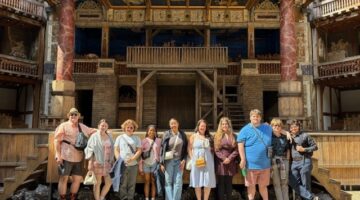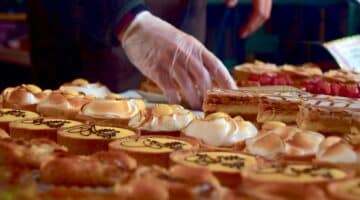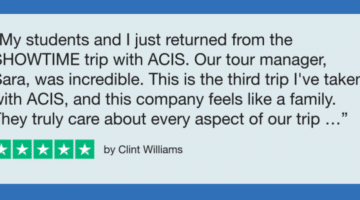Everything You Need to Know About Visiting Turin, Italy

We had been stuck in a car for the best part of four hours as the snow came down around the Simplon Pass. Our only escape was by car-train. However, it was a longer process than we had imagined as all of the cars that were headed over the Simplon Pass were diverted to the train.
Eventually, and all while still snowing, we came into Italy and began the great descent down to Lake Maggiore. We had originally thought to go to the Borromean Islands, but at this point the snow had turned to rain. Even the picturesque Isola Bella looked like it was under threat of flooding so we sought refuge in a restaurant called Vecchia Scuola and had a marvelous lunch of pasta with lake fish.
Continuing on our journey, I was full of expectations as this was my first time in Turin or Torino. After suffering the usual sprawl of Northern Italian cities, and the promise from my Italian friend that things would get better, we suddenly came upon the Centro Storico of Turin.
It was not what I had in mind.
There were elegant piazzas, classical baroque buildings, and porticos that reminded me of Bologna. We checked into our hotel right in the center of town, Principi di Piemonte, found a great restaurant called L’Agrifolgio, and dove into Piedmont cooking at its best, which included egg noodles with an incredible Bolognese sauce made with rabbit. They love their rabbit here.
Tomorrow, the weather was forecasted to be beautiful so we planned a full itinerary of sightseeing.
Sightseeing in Turin, Italy
In the morning of a blue sky winter’s day, Turin presents a remarkable sight. It is engulfed by an alpine landscape of 10,000 foot mountains where the snow looks like a cloud cover that hangs in the distance. Unlike its northern neighbor Milan, Turin enjoys a cleaner climate because of its vicinity to the sea. It was the capital of Italy for four brief years before Florence and then Rome took over.
Turin is famous for many things: Chocolate, markets, museums, Baroque architecture and beautifully tumbling piazza on piazza. For starters, everyone has to visit the Porta Palazzo Market which is the largest street market in Europe. Even if the junk part is not up your alley, the fruit, vegetable, fish, and fowl is a sight that matches the aspirations of Piedmont as the culinary leader of Italy. The market sits just outside a stunning red brick Roman gate with columns on either side that serves as the entryway to the ancient center.
Turin is also the home of the Shroud which is kept in the royal chapel of the Cathedral of Saint John the Baptist. It is entombed in a glass case with a video representation beside it as a steady flow of pilgrims from all over the world pass by.
Along the Po River, there has been tremendous work to make the riverbanks beautiful. Across the river there is a climb up to one of the many hills that overlook the city and from any one of the mounts you catch catch the breathtaking sight of the mountains that became the sporting playground for the 2006 Winter Olympics.
Out here is where we came across the famous National Automobile Museum, with its wonderful and detailed timeline complete with black and white videos and the booming sound of Formula One. The museum beautifully captures the transition from the horse and carriage into the great modern era of Ferrari.
Speaking of cars, Turin is dominated by one word: Fiat. Under American-Italian leadership, Fiat owns Chrysler and produces some of the best designed cars in the world and nowadays they do not break down! They are simply everywhere in the city.
Lingotto, the old Fiat factory, is now an icon of the city even though the factory moved out of the center some years ago. The old factory, which was opened in 1923 and designed by a young architect named Matté Trucco, has become a shrine to Fiat and houses a shopping mall complete with concert halls, a theatre, a hotel, and an art museum with six Matisse masterpieces! It is an extraordinary sight to see.
There are five floors and in the heyday of the factory finished cars would emerge at the rooftop level where there was, and still is, a rooftop test track that you can still visit. The views across the city from the test track are as splendid as any that you will find in any city anywhere. Today, Fiat is the city’s biggest employer. Fiat workers even get up to a 48% discount on a car every two years. Not a bad place to work! It is also a great place to buy a Fiat because the employees turn them over every two years!
If Turin is a city of the baroque, a city of wide boulevards and porticos to protect from the sun in the summer and the inevitable rain in the winter, it is also a city with iconic sights such as the Mole Antonelliana, a 19th century synagogue that now houses a cinema museum and has an elevator that whisks you to the top to enjoy the distant horizon of the Italian and Swiss Alps.

We took lunch in a place called Eataly in Lingotto which houses a spectacular array of foods from all over Italy which you can buy as in a supermarket or eat at a sit down restaurant. In the U.S. we are used to malls and fast food chains are synonymous most of the time with bad food. But in Turin, you get to eat the most spectacular food, see the most incredible sites, inside and on top of the mall, and after a quick espresso you realize that you have not even visited Turin’s Egyptian Museum which is the largest in the world outside of Cairo.
This city means business. Of course, there is also Barolo, Alba and the truffles, and the finest restaurants in all of Italy still to come. Turin is a livable city. There is enough going on to make it feel like a “big” city, but a city that retains its charm and unique “Frenchness” to make it unlike other Italian cities.
It’s also one hour from the best skiing in the world, and with high speed train links, you can be in Venice in less than two.
Loved this place.
Peter Jones is the founder and President of ACIS. Knowing the important difference between a trip that’s mediocre and one that’s extraordinary, he built ACIS from a deep belief and understanding that teachers and students deserve the best—from itinerary development to hotels to perhaps most importantly, the people hired to guide teachers and students throughout the journey.

